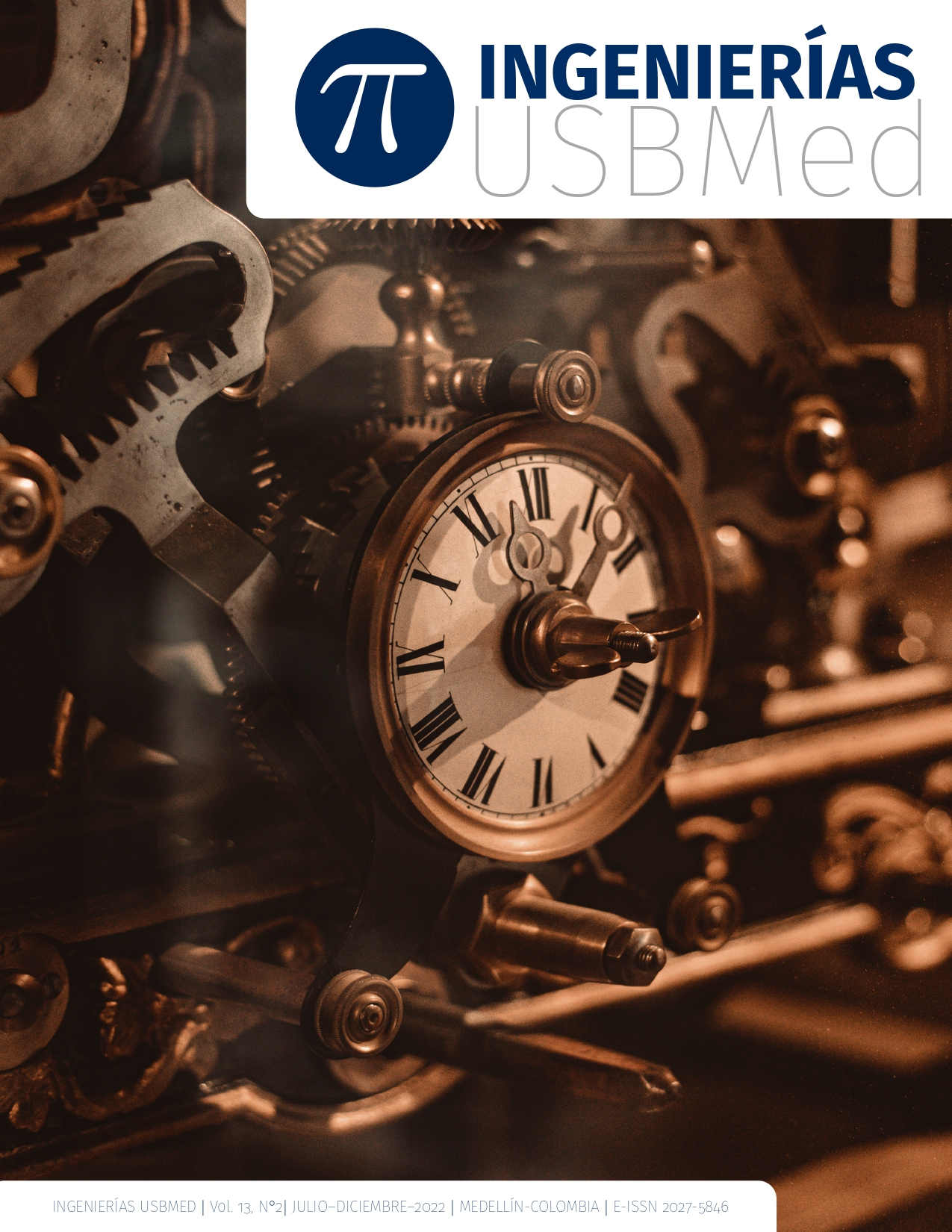This journal provides immediately free access to its contents under the principle that make available the research results for free to the public, helps for a greater global exchange of knowledge.
Therefore, the journal invokes the Creative Commons 4.0
License attributions: Recognition – Non-commertial - Share equal. Commercial use and distribution of original or derivative works are not permitted and must be done with a equal license as the one that regulate the original work.
Abstract
This article uses infrared spectroscopy data from the research article titled "Data on roasted coffee with specific defects analyzed by infrared-photoacoustic spectroscopy and chemometrics" [1], in which they made mixtures of defective and healthy coffee beans using the Coffea Arabica (Arabica) and Coffea canephora (Robusta) species in different proportions. The free software R: A Language and Environment for Statistical Computing and ChemoSpec library package were used to make a principal component analysis and a model-based clustering of the infrared spectra data, it was possible to identify groups and trends in the data through PCA and a predictive model was obtained that managed to classify the samples into five classes.
References
[2] C. Lao, M. Iglesias, and R. Rodríguez, Introducción a las técnicas analíticas aplicadas a la determinación cualitativa y cuantitativa de compuestos y elementos químicos presentes en el medio ambiente, no. January. 2006.
[3] D. A. Skoog, D. M. West, J. Holler, and S. Crouch, (PDF) Libro Fundamentos Analitica Skoog 9ed | Marisela Marquez - Academia.edu. 2015.
[4] D. M. A. Molina-Quijada, L. A. Medina-Juárez, G. A. González-Aguilar, R. M. Robles-Sánchez, and N. Gámez-Meza, “Compuestos fenólicos y actividad antioxidante de cáscara de uva ( Vitis vinifera L.) de mesa cultivada en el noroeste de México Phenolic compounds and antioxidant activity of table grape ( Vitis vinifera L.) skin from northwest Mexico,” CyTA - J. Food, vol. 8, no. 1, pp. 57–63, May 2010, doi: 10.1080/19476330903146021.
[5] Ó. J. Medina Vargas, L. C. A. Garzón Salcedo, and W. E. Espinosa Manrique, “Efecto del tiempo sobre la cuantificación de polifenoles totales con el reactivo de Folin-Ciocalteu,” I3+, vol. 3, no. 2, p. 10, 2017, doi: 10.24267/23462329.216.
[6] Ó. A. Muñoz-Bernal et al., “NUEVO ACERCAMIENTO A LA INTERACCIÓN DEL REACTIVO DE FOLIN-CIOCALTEU CON AZÚCARES DURANTE LA CUANTIFICACIÓN DE POLIFENOLES TOTALES,” TIP, vol. 20, no. 2, pp. 23–28, Jul. 2017, doi: 10.1016/j.recqb.2017.04.003.
[7] F. D. S. Grasel, M. F. Ferrão, and C. R. Wolf, “Development of methodology for identification the nature of the polyphenolic extracts by FTIR associated with multivariate analysis,” Spectrochim. Acta - Part A Mol. Biomol. Spectrosc., vol. 153, pp. 94–101, 2016, doi: 10.1016/j.saa.2015.08.020.
[8] G. de Q. y C. de Tarragona, “QUIMIOMETRÍA, Una disciplina útil para el análisis químico,” 2020.
[9] M. SALAZAR, P. LÓPEZ DE ALBA, A. PIÑEYRO LÓPEZ, and N. WAKSMAN DE TORRES, “Quimiometría aplicada al control de calidad de fármacos,” Cienc. UANL, vol. 6, no. 3, 2012.
[10] A. Rohman, Y. B. Che Man, P. Hashim, and A. Ismail, “FTIR spectroscopy combined with chemometrics for analysis of lard adulteration in some vegetable oils,” CYTA - J. Food, vol. 9, no. 2, pp. 96–101, 2011, doi: 10.1080/19476331003774639.
[11] A. Stöbener, U. Naefken, J. Kleber, and A. Liese, “Determination of trace amounts with ATR FTIR spectroscopy and chemometrics: 5-(hydroxymethyl)furfural in honey,” Talanta, vol. 204, no. January, pp. 1–5, 2019, doi: 10.1016/j.talanta.2019.05.092.
[12] C. Christou, A. Agapiou, and R. Kokkinofta, “Use of FTIR spectroscopy and chemometrics for the classification of carobs origin,” J. Adv. Res., vol. 10, pp. 1–8, 2018, doi: 10.1016/j.jare.2017.12.001.
[13] R. C. E. Dias, P. Valderrama, P. H. Março, M. B. Dos Santos Scholz, M. Edelmann, and C. Yeretzian, “Data on roasted coffee with specific defects analyzed by infrared-photoacoustic spectroscopy and chemometrics,” Data Br., vol. 20, pp. 242–249, Oct. 2018, doi: 10.1016/j.dib.2018.08.013.
[14] S. de la F. Fernandez, “Componentes Principales,” 2011.
[15] J. A. Rodrigo, “Análisis de Componentes Principales (Principal Component Analysis, PCA) y t-SNE,” 2017. [Online]. Available: https://www.cienciadedatos.net/documentos/35_principal_component_analysis. [Accessed: 27-Nov-2020].
[16] C. Gil Martinez, “RPubs - Análisis de componentes principales (PCA),” 2018. [Online]. Available: https://rpubs.com/Cristina_Gil/PCA. [Accessed: 27-Nov-2020].
[17] L. Scrucca, M. Fop, T. B. Murphy, and A. E. Raftery, “Mclust 5: Clustering, classification and density estimation using Gaussian finite mixture models,” R J., vol. 8, no. 1, pp. 289–317, 2016, doi: 10.32614/rj-2016-021.














